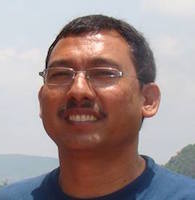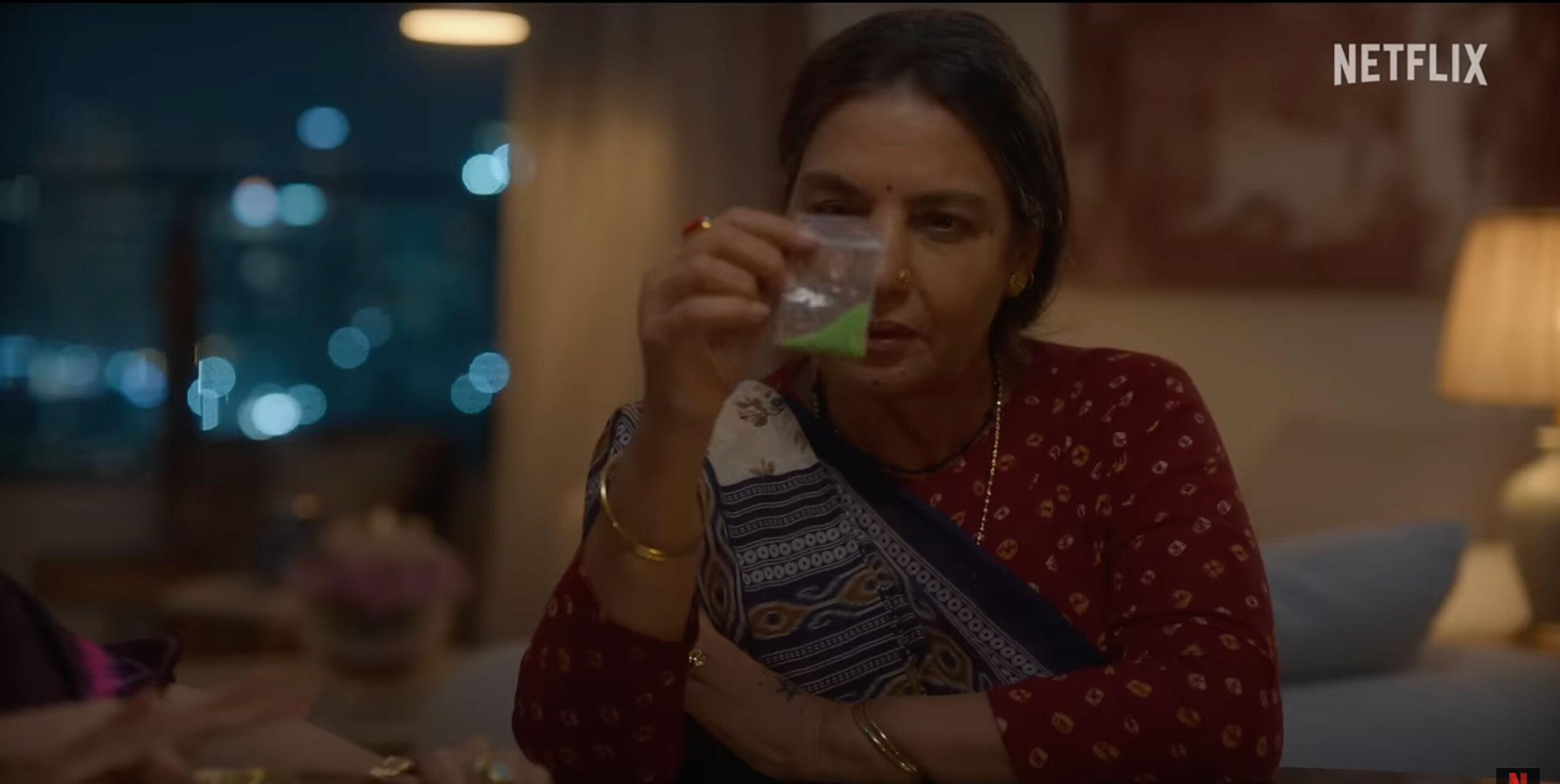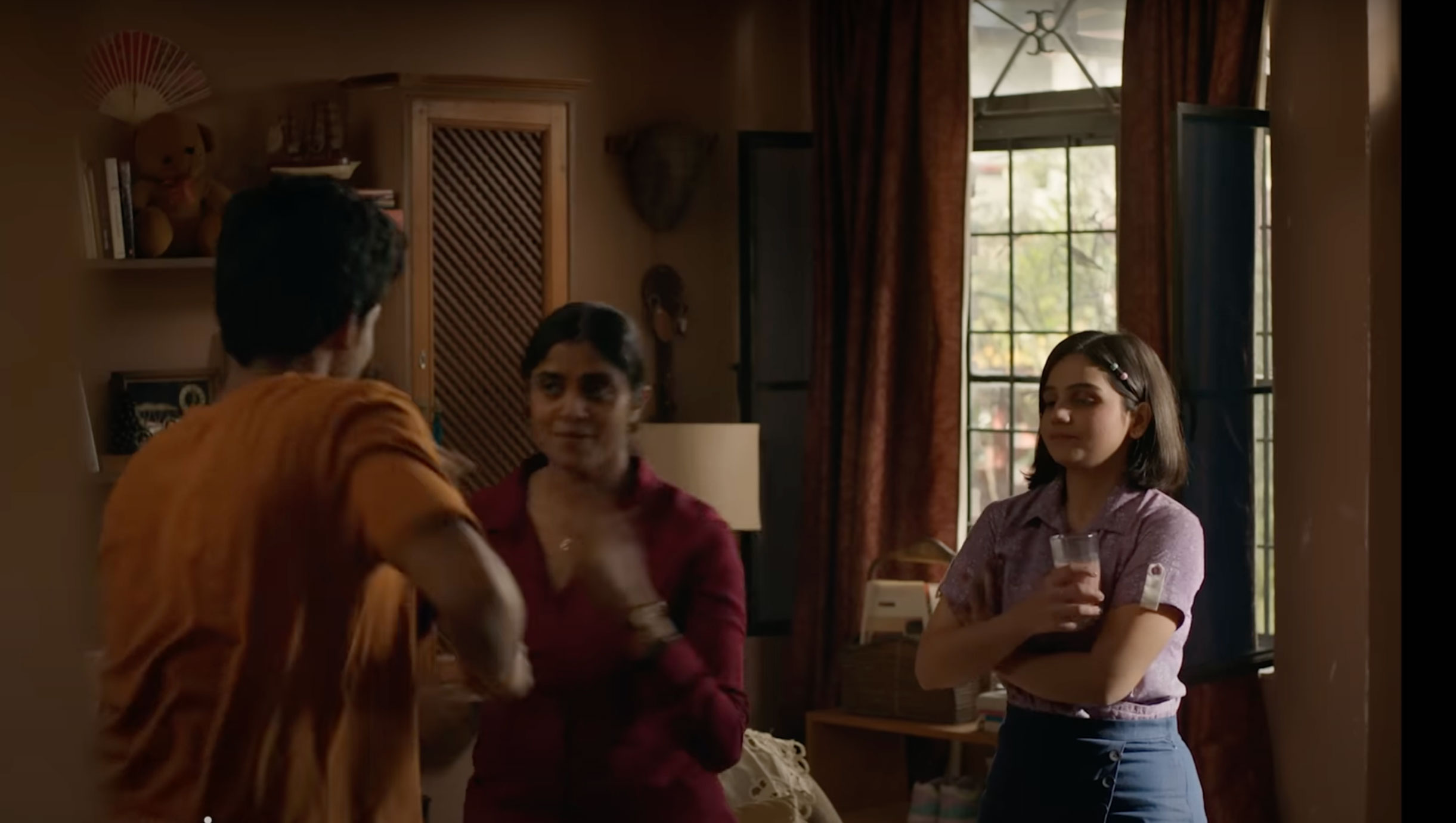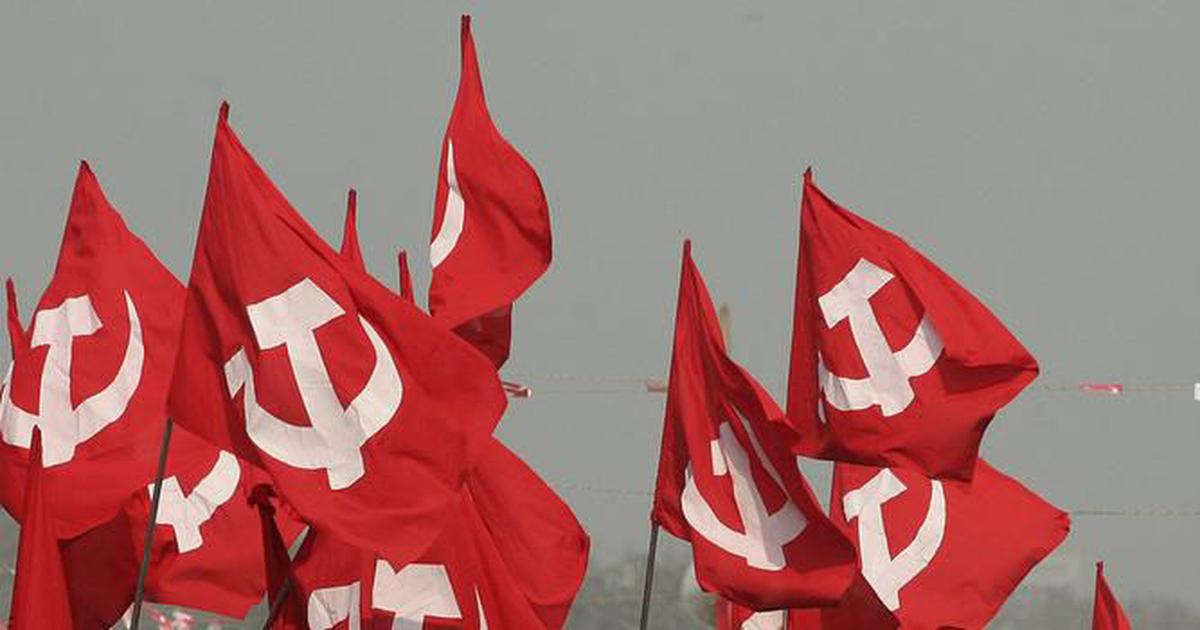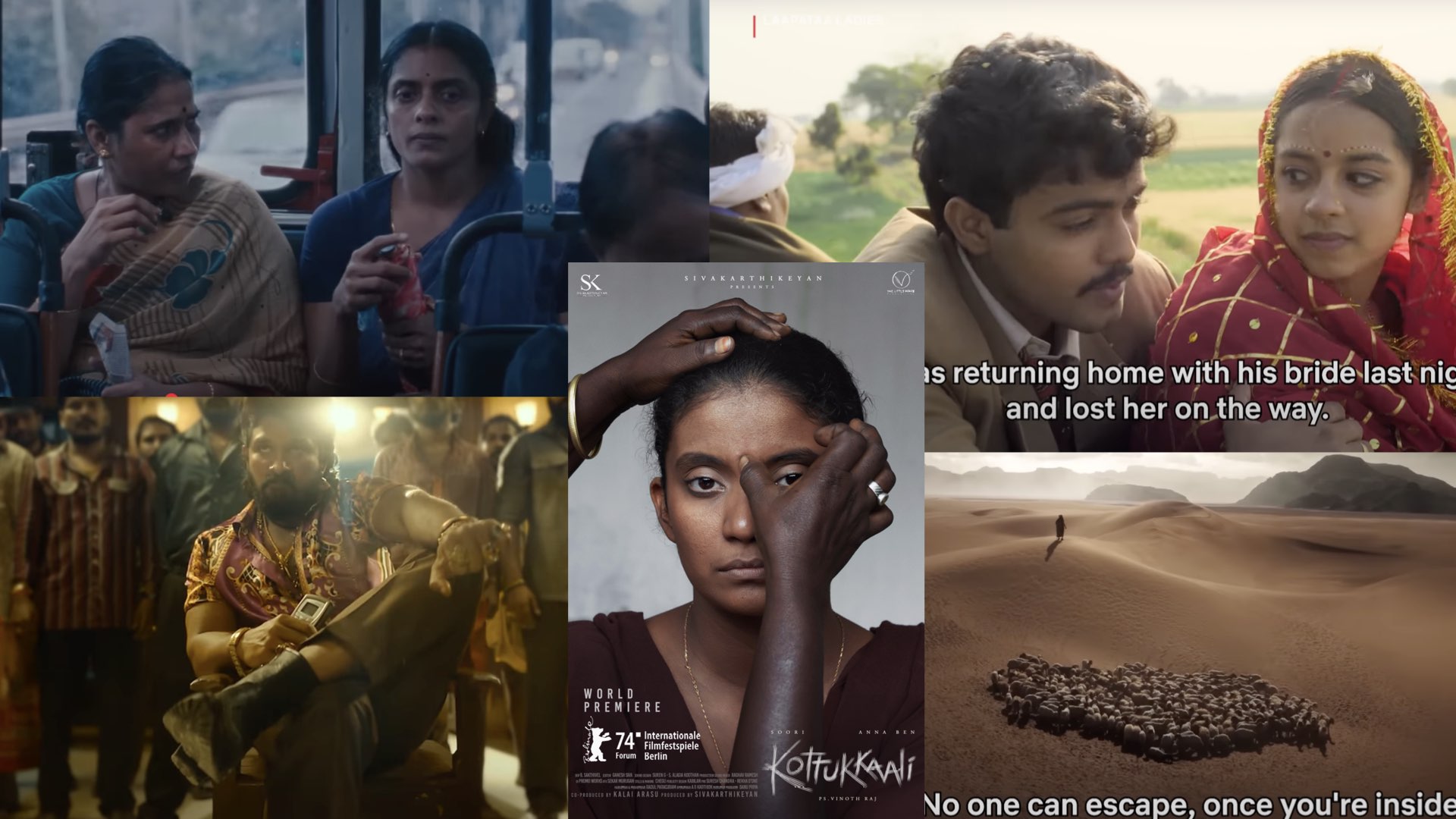After the cold-blooded murder of Billipuram Nagaraju, a young man from Hyderabad, the mainstream media almost all over country went into mourning. The common refrain was that only Muslims are “like that” and are the only people dead opposed to love.
Nagaraju had married his childhood friend Ashreen Sultana at an Arya Samaj temple. It was reported that Nagaraju was even ready to convert to Islam, if that would make his fiancée’s family consent to their marriage. But they did not give their consent. The two got married on 31 January 2022. A leading online magazine ran a story saying that the wedding went off smoothly as Arya Samaj has no issues with inter-religious marriages. However, before the wedding, Ashreen was made to convert to Hinduism and renamed Pallavi. That is because Arya Samaj doesn’t perform weddings unless both the bride and the groom are Hindus.
It is said Nagaraju was murdered by Ashreen’s brother and his accomplices. The murder was committed in broad daylight but despite Ashreen’s fervent pleas, no passerby came to Nagaraju’s rescue. This is utterly shameful. Ashreen tried to stop her brother and his friends but she could hardly have done anything alone. Instead of reflecting on why the people did not help those in trouble, the focus was on questioning the Muslim community and their faith.
The local and national media reported the murder as a “honour killing”, saying that Nagaraju had to pay the price for marrying a woman of another faith. The murder, of course, should be condemned in the strongest terms. But was this the first inter-religious marriage in India? There are innumerable instances of marriages between Hindus and Muslims and Hindus and Christians. Only a miniscule minority of them have ended in murders.
In fact, even in interfaith marriages, caste and class play a key role. After some initial tantrums, parents invariably reconcile to inter-religious marriages. But our society doesn’t make any compromises on the issue of caste, especially if the man happens to be a Dalit. Such marital unions often lead to blood-letting and murders.
On 14 September 2018, a youth named Pranay was murdered in Hyderabad after he married a girl called Amrutha. Pranay, a Dalit Christian, was an engineer while Amrutha came from the Vaishya community. Amrutha’s father, T. Maruthi Rao, was a leading builder and was unhappy with his daughter’s choice for a husband. He hired assassins to finish Pranay off. Why was he not ready to accept Pranay as his son-in-law? The only reason was that Pranay was a Dalit. Maruthi Rao committed suicide on 8 March 2020. He was possibly feeling guilty for ruining his daughter’s life. Amrutha displayed great courage and is still fighting for justice.
Earlier, in the neighbouring Tamil Nadu, the love affair between Kausalya and Shankar also had a bloody ending. Shankar was a Dalit while Kausalya came from the dominant Thevar community. They fell in love while they attended an engineering college and later got married. Kausalya’s parents did not approve of their marriage and her father and some other family members attacked the couple in broad daylight in a market. Shankar died on the spot. Kausalya fought a long legal battle against her father and other family members. She started living with Shankar’s family.
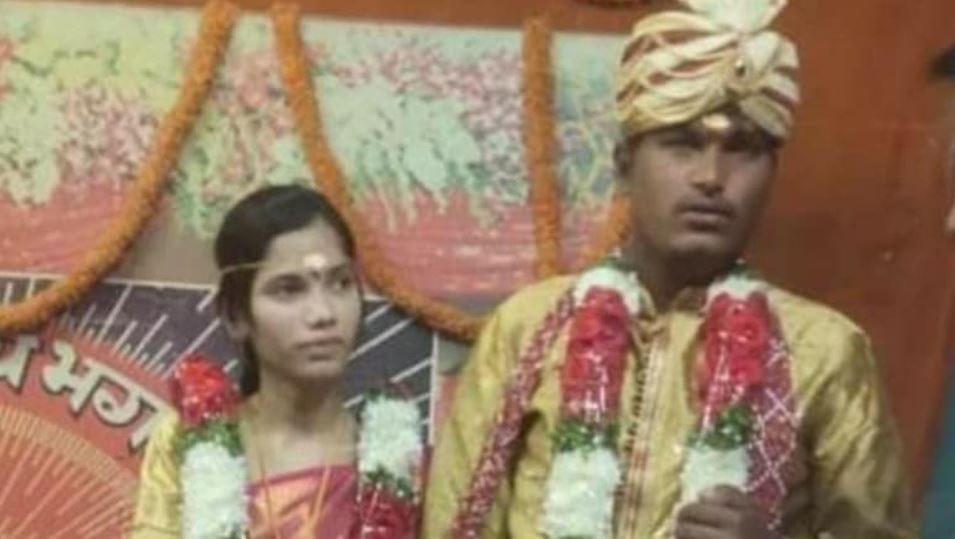
These cases never triggered the kind of media debate, which Nagaraju’s murdered seems to have done. Very shrewdly, the debate is being given a Hindu-versus-Muslim veneer to sow the seeds of communalism and harvest a rich crop of votes in the upcoming elections in Telangana. This is being done by the elite sections of both the Hindus and Muslims, who have a clout in social and political circles.
Caste is a bitter reality of our society and no one is free from its stranglehold. But the issue here goes beyond Hindu and Muslim and Dalit and non-Dalit. The issue is that the ability and the right of our youngsters, especially women, to make decisions about themselves are being questioned.
About two decades ago, a journalist from London travelled with me to a village in the Bulandshahr district of Uttar Pradesh, where a young couple had been done to death for the sin of falling in love. The girl, probably, was a Gujar and the boy was a Nai. Both the castes fall in the Other Backward Classes (OBC) category but both consider themselves higher than the other. After their wedding, the couple moved to the residence of one of their relatives in Delhi. They were called back to the village saying that their families had accepted their marriage. When they arrived in Bulandshahr, a mob attacked them at the bus stand itself. Both were killed and their bodies burnt. When we arrived at the village, no one was ready to tell us the truth. In our country, everyone’s “truth” depends on his or her caste.
We went to the girl’s place. Her younger sister, who was a year or two younger to her, met us. She remembered her sister fondly. We asked why her sister was murdered. Her answer came as a huge shock to us. She said that whosoever would cross the “Laxman Rekha” of society would meet the same fate. I asked her whether her sister’s brutal order caused her grief. She said a curt no and went inside her home. The foreign journalist accompanying me got so worked up with the answer that she admonished me for living in a society in which a girl justifies the murder of her own sister.
The caste system, ultimately, boils down to patriarchy. In cases of inter-caste or inter-faith marriages, the bride’s side feels “cheated” while the groom’s family, even if it accepts the union, boasts about how “progressive” they are. Many secularists are disappointed that they can’t say much because Nagaraju’s killers are Muslims. The dwijvadi media is happy that it has got another chance to demonize Muslims and play the Hindu-Muslim card in the political arena of Telangana. Some are saying that there is casteism among the Muslims, too. That is, of course, true. But what is at the root of us not accepting inter-caste or inter-religious marriages?
Let us begin by admitting that we are opposed to marital alliances between Hindus and Muslims, Savarnas and Dalits and OBCs and Dalits. But that is not all. As Dr Ambedkar said, we have a system of graded inequality in which every caste considers itself higher than the others. Then, there is the issue of the “purity of sperm”, which has kept castes alive. Girls and women are the “honour” of their families and this “honour” is located in the vagina. That is why in our society, those accused of raping or molesting women move about with their heads held high while their victims are forced to live in perpetual shame. Laws which link sexual violence against women with their “identity” should be debated. Let the laws be strict. But why should sexual violence against a woman strip her of her identity, her pride? The same applies to marriages. People are unable to accept that their daughter or sister can make decisions about her life. That is why such incidents happen in all societies where there is the rule of “religion”. Honour killings are not confined to India. They take place in Pakistan, Afghanistan and many other nations where the law is still influenced by religion. The criminals go scot free because everything is fair when it comes to protecting one’s religion and honour.
Although caste discrimination is a reality of India, no political outfit is ready to launch a movement against it. We cash in on caste-related murders and oppression whenever these suit us. As for love marriages transcending caste boundaries, we all stand united against them. Those who are blaming the Muslims for the murder of Nagaraju should ask themselves: Had Nagaraju, a Dalit, married a Reddy, Kamma, Sharma, Trivedi, Chaturvedi, Singh, Yadav, Kurmi or Kushwaha, would they have accepted it? Such incidents are common. After all, what are Khap Panchayats meant for if not controlling “our” girls. What would have happened had Nagaraju been Naseer and Ashreen, Asha? The girl’s brother or father would have filed a case of abduction and rape against the boy and Bajrang Dal and Shriram Sene people would have been making rounds of Muslim localities issuing threats. In Uttar Pradesh and other parts of north India, such a marriage would have been branded as “love jihad” and the media, instead of treating it as private matter involving two individuals, would have been dropping dire hints about an international conspiracy.
It would be difficult to find a society as hypocritical as Indian society. Dr Ambedkar had said that Indian society does not respect the individuality of the people and is unconcerned with their happiness. How can, then, it become society? Here, we are supposed to sacrifice our happiness for the sake of society. We say that happy individuals make a happy society. They say that no individual can be happy unless society is happy.
That is how a marriage, instead of being treated as a matter of choice of two persons, becomes an issue of honour and prestige of family and society. If the girl belongs to our community, there is a deep sense of outrage and humiliation: How can a boy from another community take away our “trophy”? Protecting the “trophy” is our social duty!
Dr Ambedkar’s dream of “Annihilation of Caste” can become a reality only through love marriages, but not unless we learn to respect each other’s individuality and don’t try to change the original identity of each other. Inter-caste and inter-faith marriages will become successful only if we have faith in our Constitution and the humanism it upholds and advocates. Ideology and society steeped in religion consider love and independent decision-making as challenges to their authority. The result is what happened in the case of Nagaraju and many others.
(Translation: Amrish Herdenia; copy-editing: Anil)
Forward Press also publishes books on Bahujan issues. Forward Press Books sheds light on the widespread problems as well as the finer aspects of Bahujan (Dalit, OBC, Adivasi, Nomadic, Pasmanda) society, culture, literature and politics. Contact us for a list of FP Books’ titles and to order. Mobile: +917827427311, Email: info@forwardmagazine.in)
The titles from Forward Press Books are also available on Kindle and these e-books cost less than their print versions. Browse and buy:
The Case for Bahujan Literature
Dalit Panthers: An Authoritative History


